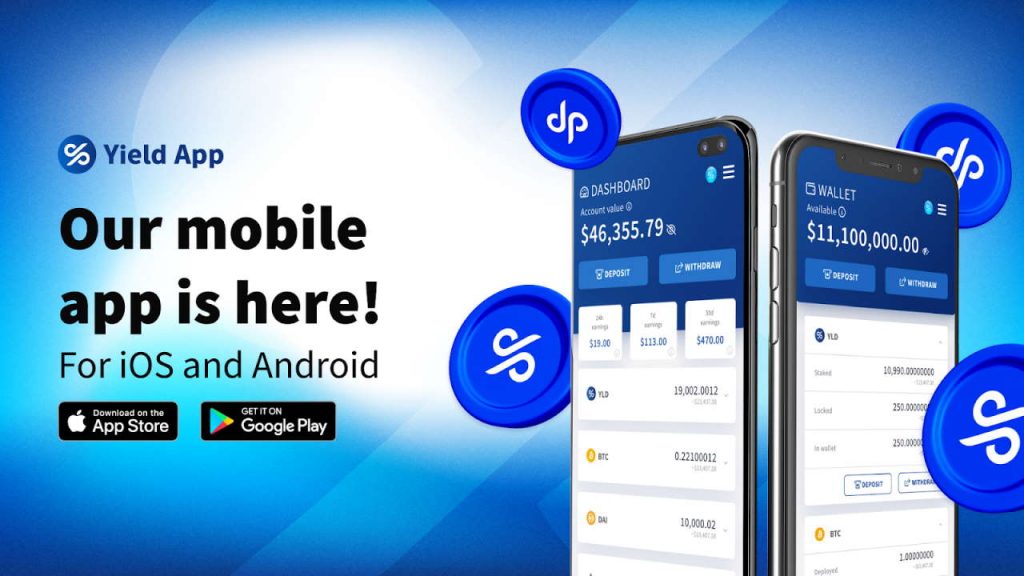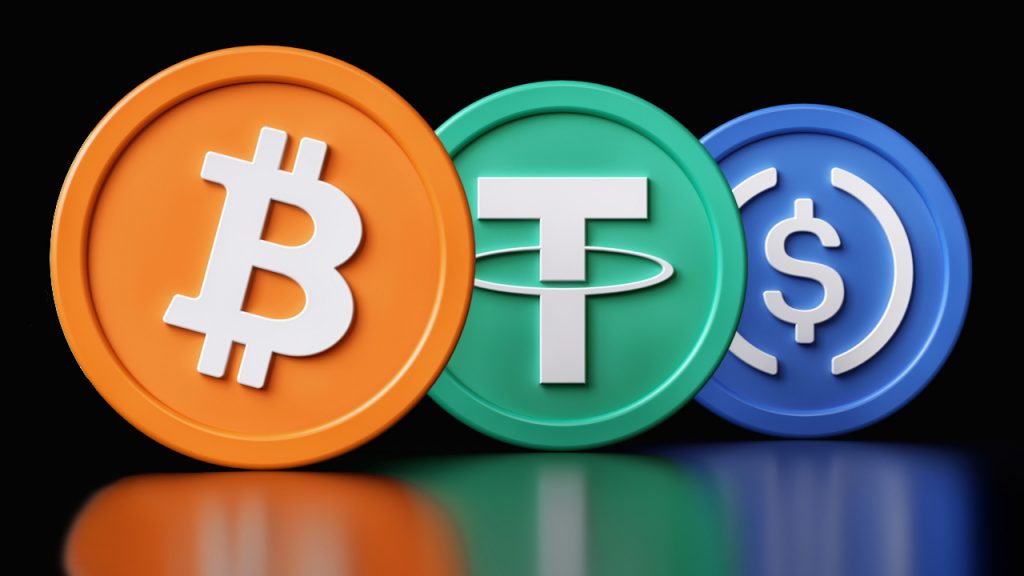Billionaire Mike Novogratz has warned investors to not expect much of a recovery in bitcoin anytime soon. Novogratz who serves as the CEO of the digital asset merchant bank Galaxy Digital has always been a big proponent of Bitcoin and its advantages. However, he has recently shared his thoughts on the current market climate and what investors should be expecting in the coming days. Confidence Will Take A While The recent market crash has seriously impacted investor faith in the cryptocurrency market. As such, sell-offs across digital assets such as bitcoin have been rampant. Sentiment has also suffered greatly during this time and has led to low momentum in the market. This is not changing anytime soon. Related Reading | Bitcoin Bounces Back Before Hitting 2017 Peak, Is The Bottom In? Speaking with Bloomberg, the Galaxy Digital CEO explained that it will take a while for bitcoin to recover to previous levels. He chalks this up to the confidence level of investors when it comes to putting money into crypto, which he says will take a while for that confidence to return. Bears take hold of BTC | Source: BTCUSD on TradingView.com Novogratz also speaks to the current economic climate. One thing that has rocked various financial markets has been the hiking of rates by the Fed, the most recent hike happening on Wednesday. He notes that the Fed would have to let up on hiking interest rates at some point and once it does, more money from global macro hedge funds will flow into the market. At this point, Novogratz admits that Galaxy Digital will add more bitcoin to its holdings. Bitcoin On The Charts The price of bitcoin continues to fluctuate heavily between the $20,000 and $21,000 levels. This shows that while there is mounting resistance at the $22,000 point, there is also good support building up in the low $20,000s. The short-term prognosis for the digital asset does not look good though. However, there are still some indicators that point to some recovery in the market. One of these is the cycle low before every bitcoin halving. Related Reading | Bitcoin Funding Rates Remain Negative But Open Interest Tells Another Story Usually, the bottom is reached at around 520 days, give or take a few weeks, before the next bitcoin halving. This has been the case for the last two halvings. If the digital asset follows this trend, then the bottom will be reached sometime in the last quarter of the year. Even though this points to some recovery in the short term, it also means that the current lows may not be the end of the decline if the bottom is expected to come in in Q4. Bitcoin is trading at $20,902 at the time of this writing. Featured image from Watcher Guru, chart from TradingView.com Disclaimer: The following op-ed represents the views of the author, and may not necessarily reflect the views of Bitcoinist. Bitcoinist is an advocate of creative and financial freedom alike. Follow Best Owie on Twitter for market insights, updates, and the occasional funny tweet…





